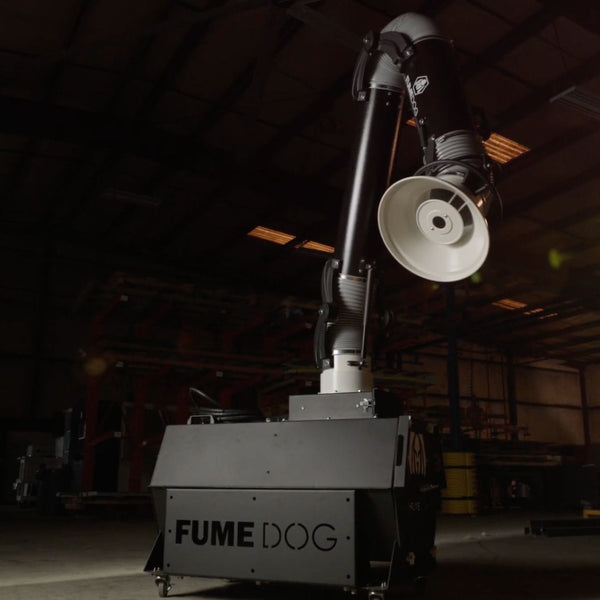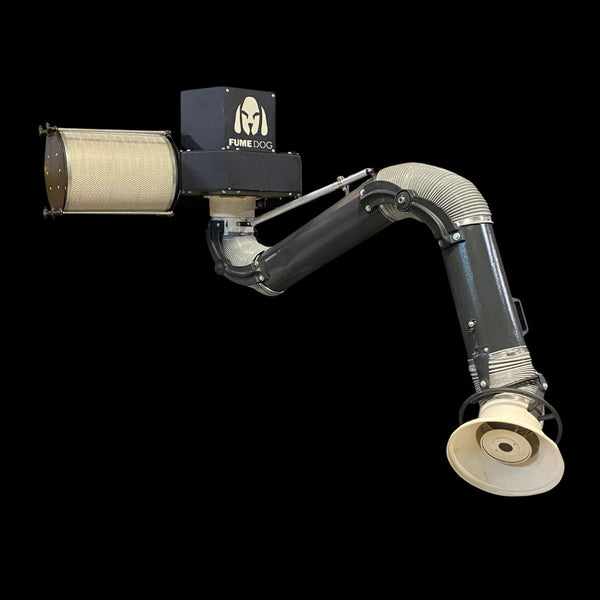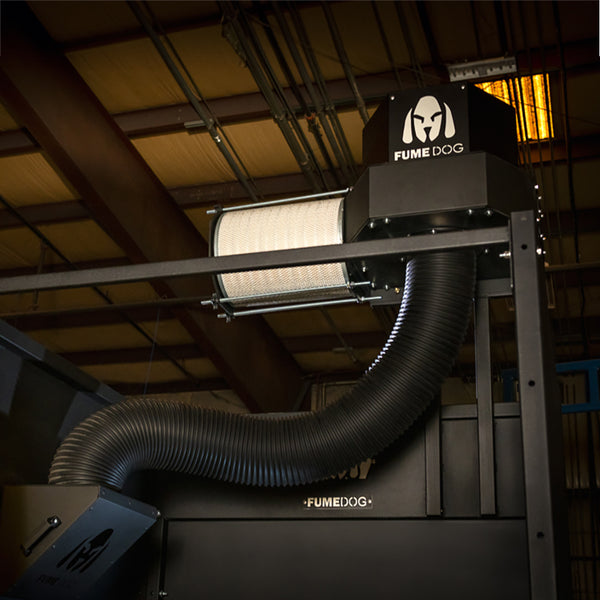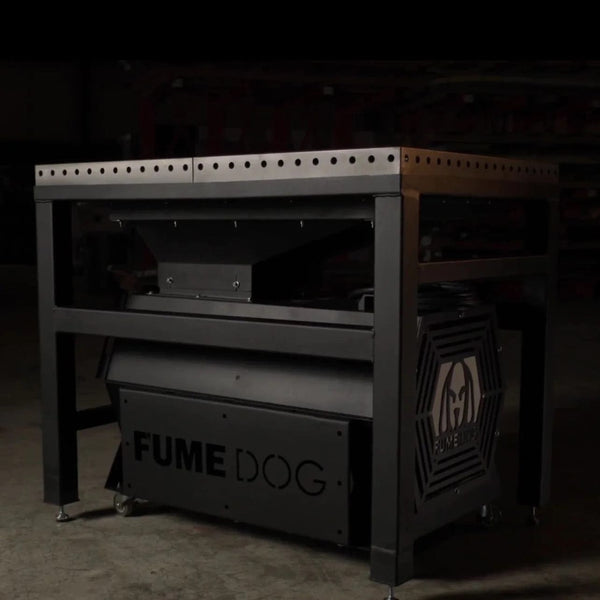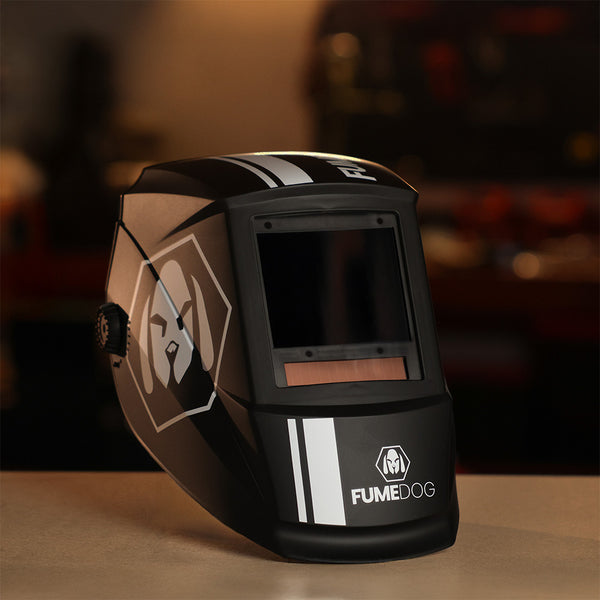
When it comes to welding safety, your eyes are your most valuable asset. Auto darkening welding helmets have revolutionized eye protection in the welding industry, but many welders still wonder: are these high-tech helmets truly safe? The short answer is yes—when properly maintained and used correctly, auto darkening helmets provide superior safety compared to traditional alternatives.
TLDR
• Auto darkening welding helmets are significantly safer than passive helmets because they eliminate dangerous helmet-lifting practices and provide instant arc protection
• Modern helmets feature multiple arc sensors, backup power systems, and redundant safety features that ensure reliable eye protection across all welding processes
• Quality auto darkening helmets meet strict industry safety standards and offer adjustable settings for different welding applications from MIG to TIG to stick welding
• Professional welders should invest in certified helmets with proven reliability records and comprehensive safety features for optimal long-term protection
Ready to Upgrade Your Welding Safety?
Now that you understand why auto darkening helmets are the safer choice, it's time to experience the difference for yourself. Fume Dog's auto darkening welding helmet combines advanced safety features with the reliability professional welders demand, giving you the protection and performance you need for any welding project.
Get your Fume Dog auto darkening welding helmet and join thousands of welders who've made the smart safety upgrade.
What Makes Auto Darkening Welding Helmets Safe for Professional Use
Auto darkening welding helmets have become the gold standard for eye protection because they eliminate the dangerous practice of lifting your helmet between welds. Unlike passive welding helmets that require manual manipulation, these advanced helmets automatically adjust to protect your vision from harmful welding arc radiation.
How Auto Darkening Technology Protects Your Eyes
The core safety feature of any auto darkening helmet lies in its sophisticated lens technology. When the welding arc strikes, the lens darkens within milliseconds to shield your eyes from intense bright light and harmful UV radiation. This instant response prevents arc eye, a painful condition that can cause permanent damage if exposure occurs repeatedly.
The automatic darkening process works through advanced liquid crystal technology that responds to the welding arc's light intensity. When you're not actively welding, the lens remains at a lighter shade, allowing you to see your work clearly without compromising safety. This eliminates the need for safety glasses underneath and reduces the risk of accidents caused by poor visibility.
Arc Sensors and Response Time Safety Features
Modern auto darkening masks feature multiple arc sensors that detect the welding arc from various angles. These sensors ensure the lens darkens consistently, regardless of your welding position or technique. The response time is typically measured in fractions of a millisecond, providing instant protection the moment your welding process begins.
Most professional-grade helmets include redundant sensor systems, meaning if one sensor fails, others continue to provide protection. This redundancy is crucial for professional welder safety, especially during long welding sessions where equipment reliability matters most.
See Our Featured Products
Auto Darkening vs Passive Welding Helmets: Safety Comparison
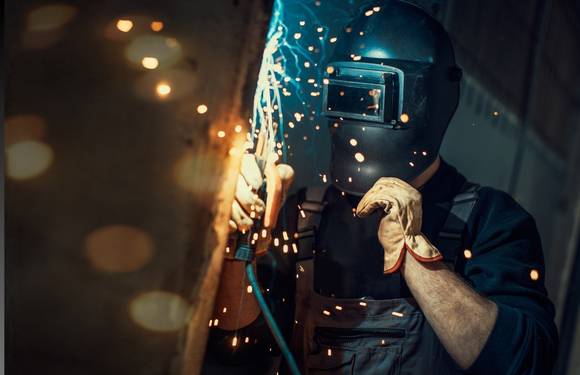
The safety debate between auto darkening and passive helmet options has been settled by decades of real-world use. While both types provide adequate protection when used correctly, auto darkening helmets offer significant safety advantages that make them the preferred choice for serious welders.
Why Passive Helmets Fall Short in Safety
Traditional passive welding helmets use a fixed shade lens that provides consistent darkness regardless of whether you're welding or not. This means welders must constantly flip their helmet up and down, creating multiple safety risks. During the brief moment when lifting a manual hood, welders risk exposure to arc flashes from nearby welding operations.
The constant manipulation required with passive helmets also leads to neck strain and fatigue, which can cause welders to take safety shortcuts. When you're tired and uncomfortable, you're more likely to make mistakes that compromise your safety and the quality of your work.
The Safety Advantages of Automatic Darkening Technology
Auto darkening welding technology eliminates the helmet-flipping hazard entirely. Your helmet stays in position throughout the entire welding process, providing continuous protection while maintaining clear visibility when the arc isn't active. This is particularly important when working on complex projects requiring precision, such as MIG welding applications where consistent helmet positioning affects weld quality.
The improved visibility also reduces eye strain and allows for better work positioning, which indirectly improves safety by reducing physical stress and improving focus. When combined with proper fume extraction systems, auto darkening helmets create a comprehensive safety environment that protects both your respiratory and visual health.
Key Safety Features That Make Auto Darkening Helmets Reliable
Understanding the safety features built into modern auto darkening helmets helps you make informed decisions about eye protection. These features work together to create multiple layers of protection that far exceed what traditional helmets can offer.
Lens Technology and Light Filtering Capabilities
The heart of helmet safety lies in its lens construction. Quality auto darkening helmets use multiple layers of protection, including UV and infrared filters that remain active even when the lens isn't darkened. This means you're protected from harmful radiation at all times, not just when the lens darkens during active welding.
The lens technology also includes specific shade ranges that accommodate different welding processes. Whether you're doing TIG welding at lower amperages or stick welding at higher settings, the helmet adjusts to provide optimal protection without compromising visibility.
Delay Settings and Shade Adjustments for Different Welding Processes
Professional auto darkening helmets include adjustable delay settings that control how long the lens remains dark after the arc stops. This feature is crucial for safety because it prevents premature lightening that could expose your eyes to residual arc radiation or hot metal glare.
The ability to adjust shade levels ensures proper protection across different welding applications. Lower amperage work requires lighter shade settings for visibility, while high-amperage welding demands darker shades for protection. This adaptability makes auto darkening helmets safer than fixed shade alternatives that force welders to compromise between protection and visibility.
Common Safety Concerns About Automatic Darkening Helmets Addressed
Despite their proven safety record, some welders still have concerns about auto darkening helmet reliability. Understanding these concerns and how modern helmets address them helps build confidence in this essential safety equipment.
Battery Failure and Backup Protection
One of the most common safety concerns involves battery failure during welding. Quality auto darkening helmets address this with multiple backup systems. Many helmets feature solar powered charging that supplements battery power, extending operational life significantly.
When batteries do run low, most helmets provide clear warning indicators well before complete failure. Additionally, many premium helmets include backup protection that defaults to a dark shade if power fails completely, ensuring you're never left unprotected during a weld.
Sensor Malfunction and Eye Protection
Sensor reliability is another area where modern helmet technology excels. Premium helmets use multiple arc sensors positioned strategically around the lens to ensure detection from any angle. If one sensor fails, others continue to provide protection.
Quality helmets also undergo rigorous testing to ensure sensor accuracy across various welding conditions. This includes testing for interference from bright light sources and ensuring consistent performance across different welding processes and environments.
See Our Featured Products
Choosing Safe Auto Darkening Helmets for Different Welding Applications

Selecting the right auto darkening helmet depends on your specific welding applications and safety requirements. Different welding processes create unique safety challenges that your helmet must address effectively.
MIG, TIG, and Stick Welding Safety Requirements
Each welding process creates different light intensities and radiation patterns that require specific safety considerations. MIG welding typically produces consistent arc characteristics that work well with standard auto darkening features. TIG welding often requires more sensitive sensors due to lower amperage starts and more precise arc control.
Stick welding presents unique challenges with varying arc stability and spatter production. Your helmet needs robust sensors that can differentiate between actual welding arcs and reflected light or sparks. Understanding these differences helps you choose a helmet that provides optimal safety for your specific applications.
The welding process also affects your overall safety environment. Proper ventilation and metal fume fever prevention are equally important aspects of welding safety that complement eye protection for comprehensive workplace safety.
Professional Standards and Safety Certifications
When selecting an auto darkening helmet, look for units that meet or exceed industry safety standards. These certifications ensure your helmet has undergone rigorous testing for optical clarity, response time, and protection levels across various welding conditions.
Professional welders should prioritize helmets with redundant safety features, adjustable sensitivity settings, and proven reliability records. The investment in quality safety equipment pays dividends in both protection and productivity throughout your welding career.
Frequently Asked Questions
What auto darkening helmets offer the best protection for professional use?
Professional-grade auto darkening helmets offer superior arc sensors, faster response times, and redundant safety systems compared to entry-level models, making them essential for daily welding work.
How do I know if my spare batteries need replacement in my auto darkening helmet?
Most quality helmets include battery level indicators or warning systems that alert you before complete power failure, and many feature solar powered backup systems for extended operation.
Are auto darkening welding helmets safer than traditional passive helmets?
Yes, auto darkening helmets eliminate the need to constantly lift and lower your helmet, reducing exposure to arc flashes and improving overall workplace safety compared to manual hood operation.
What should I do if my helmet's lens remains dark after welding?
If your lens remains dark, check your delay settings first, then inspect for sensor obstructions or battery issues—this safety feature prevents premature exposure to bright welding environments.
Do auto darkening masks work with all types of welding processes?
Modern auto darkening masks accommodate various welding processes including MIG, TIG, and stick welding through adjustable sensitivity and shade settings designed for different arc characteristics.
How often should I replace my auto darkening welding helmet for safety?
Replace your helmet when sensors become unreliable, the lens shows permanent damage, or safety features begin to malfunction—typically after several years of professional use depending on conditions.


